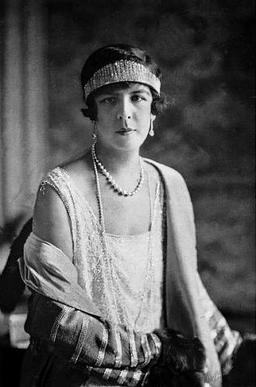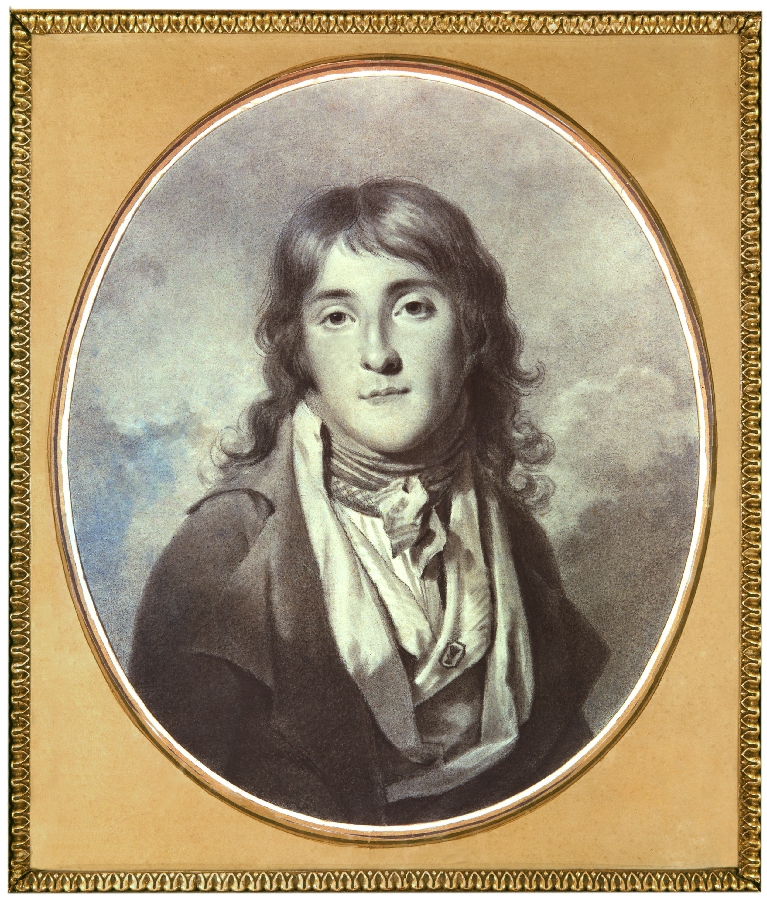by Susan Flantzer
© Unofficial Royalty 2024

Prince Albert II of Monaco (center window) and the Princely Family of Monaco greeting the citizens of Monaco on November 19, 2010; Credit – Par Santiago Puig Vilado…, CC BY-SA 3.0, https://commons.wikimedia.org/w/index.php?curid=53325247
The National Day of Monaco, also known as the Sovereign Prince’s Day, is celebrated on November 19. It is a celebration of the Sovereign Prince or Sovereign Princess and the people of Monaco.
History

Prince Charles III of Monaco; Credit – Wikipedia
In 1857, Prince Charles III of Monaco (reigned 1856 – 1889) decided to establish November 4, the feast day of Saint Charles Borromeo, his patron saint, as Sovereign Prince’s Day to reaffirm the sovereignty of the Principality of Monaco. The day was celebrated with a Te Deum, a Latin hymn of praise, in the Church of Saint Nicholas, the first parish church in Monaco, dedicated to St. Nicholas of Myra, the patron saint of sailors. The Church of Saint Nicholas was on the site of the current Cathedral of Monaco. During the reign of Prince Charles III, other celebrations were added including a procession to the church, the playing of the national anthem in the church, a military parade on Place du Palais, fireworks, a concert, and games.
When Prince Charles III died and was succeeded by his son Prince Albert I (reigned 1889 – 1922), Sovereign Prince’s Day was celebrated on November 15, the feast day of Saint Albert the Great, Prince Albert II’s patron saint. In 1922, when Prince Albert I’s son Prince Louis II (reigned 1922 – 1949) succeeded him, Louis departed from tradition. The feast day of his patron saint, Saint Louis (King Louis IX of France), was celebrated on August 25, during the summer, not an ideal time for celebrations. Instead, Sovereign Prince’s Day was held on January 17, the feast day of Saint Anthony the Great, the patronal saint of his granddaughter Princess Antoinette of Monaco. During the reign of Prince Louis II, the term National Festival began to be used which morphed into National Day.
Prince Louis II was succeeded by his grandson Prince Rainier III (reigned 1949 – 2005). Prince Rainier set National Day on November 19, the feast day of Blessed Rainier of Arezzo. When Prince Rainier III died in 2005, his son and successor Prince Albert II (reigned 2005 – present) decided to keep National Day on November 19 In memory of his father.
Celebrations
Celebrations start with a fireworks display over the harbor the night before.
Prince Albert II and Princess Charlene leaving the Cathedral of Monaco
On the morning of November 19, the extended Princely Family of Monaco attends a Te Deum (a Latin hymn of praise) and a Mass at the Cathedral of Monaco. After the Te Deum is sung, the Archbishop of Monaco says a prayer for the Sovereign Prince (or Sovereign Princess) in Latin, currently, Domine, salvum fac princem nostrum Albertum (Lord, Save our Prince Albert). During the prayer, all stand except for the Sovereign, who remains seated.
Princess Caroline of Hanover, Princess Gabriella of Monaco (Albert’s daughter), Princess Charlene of Monaco, Prince Jacques of Monaco (Albert’s son), Princess Stephanie of Monaco (Albert’s sister) and Prince Albert II of Monaco watch the Presentation of Arms at the Cour d’Honneur
Afterward, the Princely Family watches the Presentation of Arms at the Cour d’Honneur, the large horseshoe staircase in the Palace Courtyard at the Prince’s Palace. The Minister of State then conducts ceremonies to award Labor Medals and Medals of Honour.
The military parade
The extended Princely Family gather to watch a military parade on the Place du Palais. After the parade, a cannon salute is given by artillery dating back to the 1600s.
The extended family: Kaia-Rose Wittstock and Bodhi Wittstock, Gareth Wittstock, Sean Wittstock, Camille Gottlieb, Pauline Ducruet, Marie Chevallier, Louis Ducruet, Princess Alexandra of Hanover, Beatrice Borromeo, Francesco Casiraghi, Pierre Casiraghi, Stefano Casiraghi, Raphael Elmaleh, Charlotte Casiraghi, Balthazar Rassam, India Casiraghi, Tatiana Santo Domingo, Maximilian Casiraghi, Sacha Casiraghi and Andrea Casiraghi

The Stade Louis-II; Credit – By V&A Dudush – Panoramio, CC BY 3.0, https://commons.wikimedia.org/w/index.php?curid=19960683
In the afternoon, a friendly football (soccer) match takes place at the Stade Louis-II.
Princess Caroline of Hanover (Albert’s sister), Prince Albert II of Monaco, Princess Charlene of Monaco, Princess Alexandra of Hanover (Caroline’s daughter), Sean Wittstock (Charlene’s brother) and his wife attend the Gala at the Grimaldi Forum during the Monaco National Day 2023 on November 19, 2023
In the evening, the annual Monaco National Day Gala Performance by the Monte-Carlo Philharmonic Orchestra is held at the Grimaldi Forum.
This article is the intellectual property of Unofficial Royalty and is NOT TO BE COPIED, EDITED, OR POSTED IN ANY FORM ON ANOTHER WEBSITE under any circumstances. It is permissible to use a link that directs to Unofficial Royalty.
Works Cited
- Contributeurs aux projets Wikimedia. (2021). Fête du prince, fête nationale à Monaco. Wikipedia.org; Fondation Wikimedia, Inc. https://fr.wikipedia.org/wiki/F%C3%AAte_du_Prince
- Monaco’s National Day or Sovereign Prince’s Day. (2024). HelloMonaco. https://www.hellomonaco.com/event/monacos-national-day-or-sovereign-princes-day/
- Monaco’s National Day. (2023). The Royal Watcher. https://royalwatcherblog.com/2023/11/19/monaco-national-day-2023/
- Monaco National Day Mass & Parade – Royal Attendance (2018-Present). (2022, November 18). Blogspot.com. https://gertsroyals.blogspot.com/2022/11/monaco-national-day-mass-parade-royal.html
- National Day of Monaco. (2023). Wikipedia. https://en.wikipedia.org/wiki/National_Day_of_Monaco
- Palais Princier de Monaco. (2012). National Day celebration. Palais.mc. https://www.palais.mc/en/news/h-s-h-prince-albert-ii/event/2012/november/national-day-celebration-2888.html
































